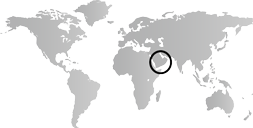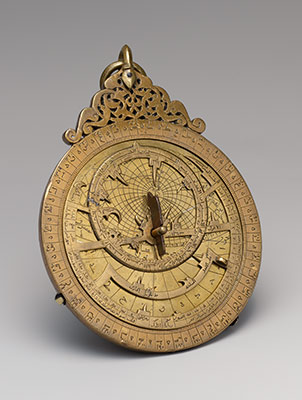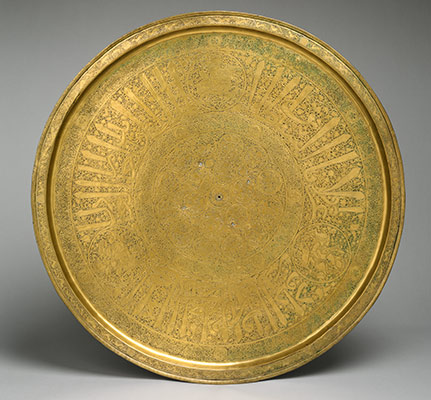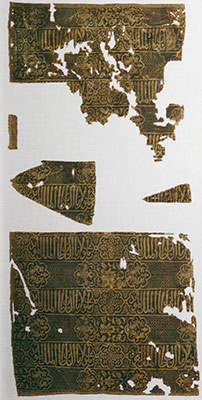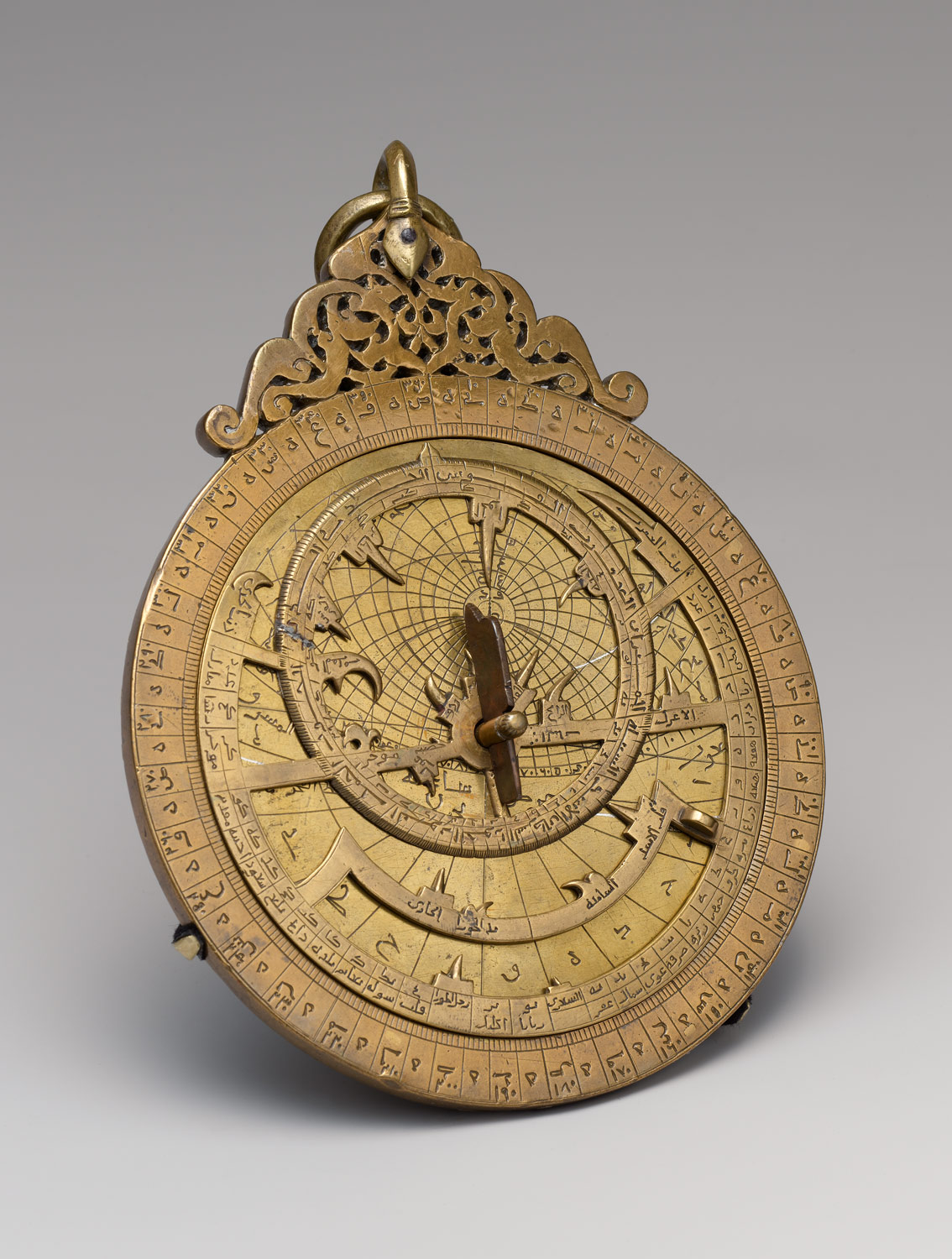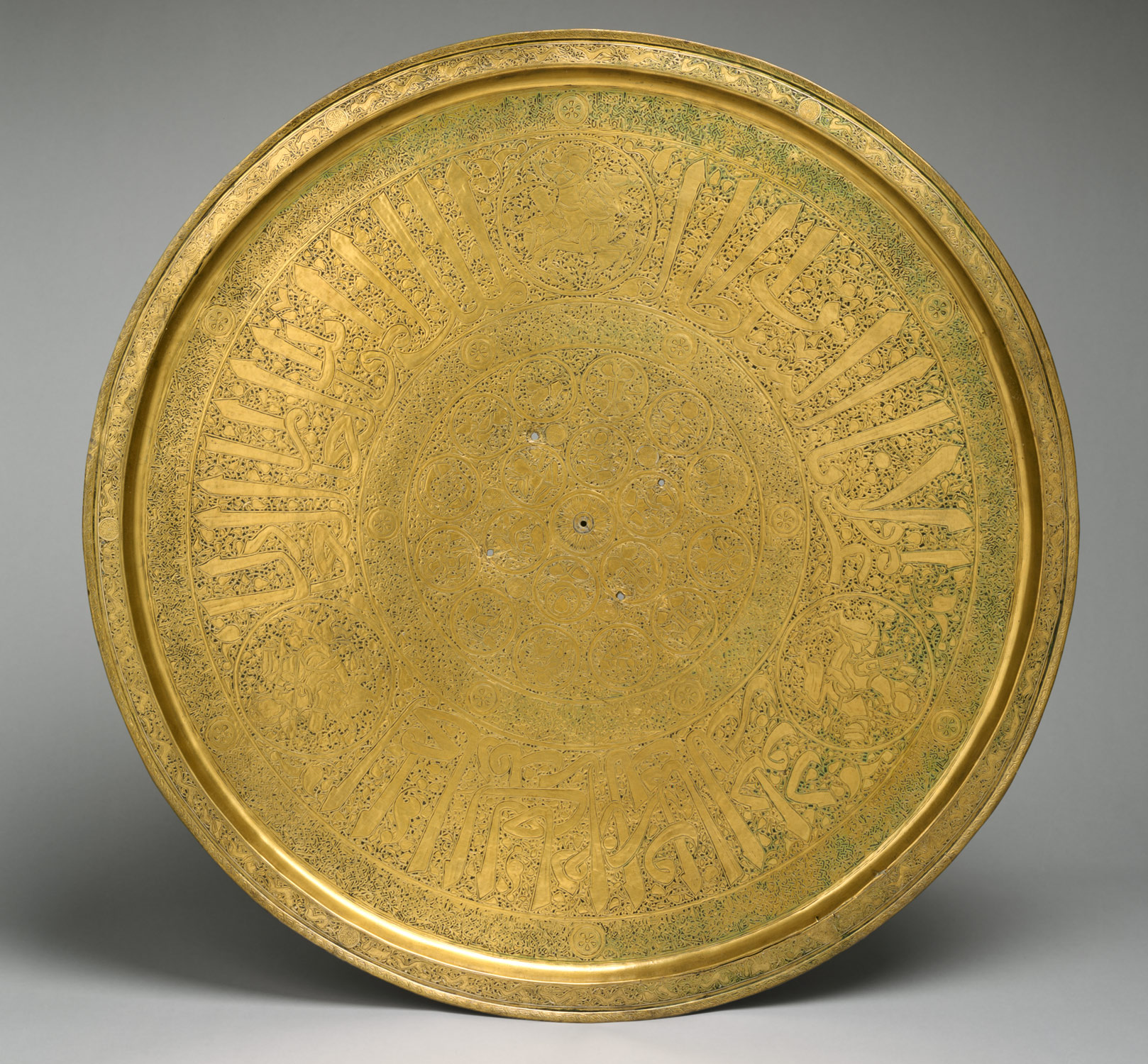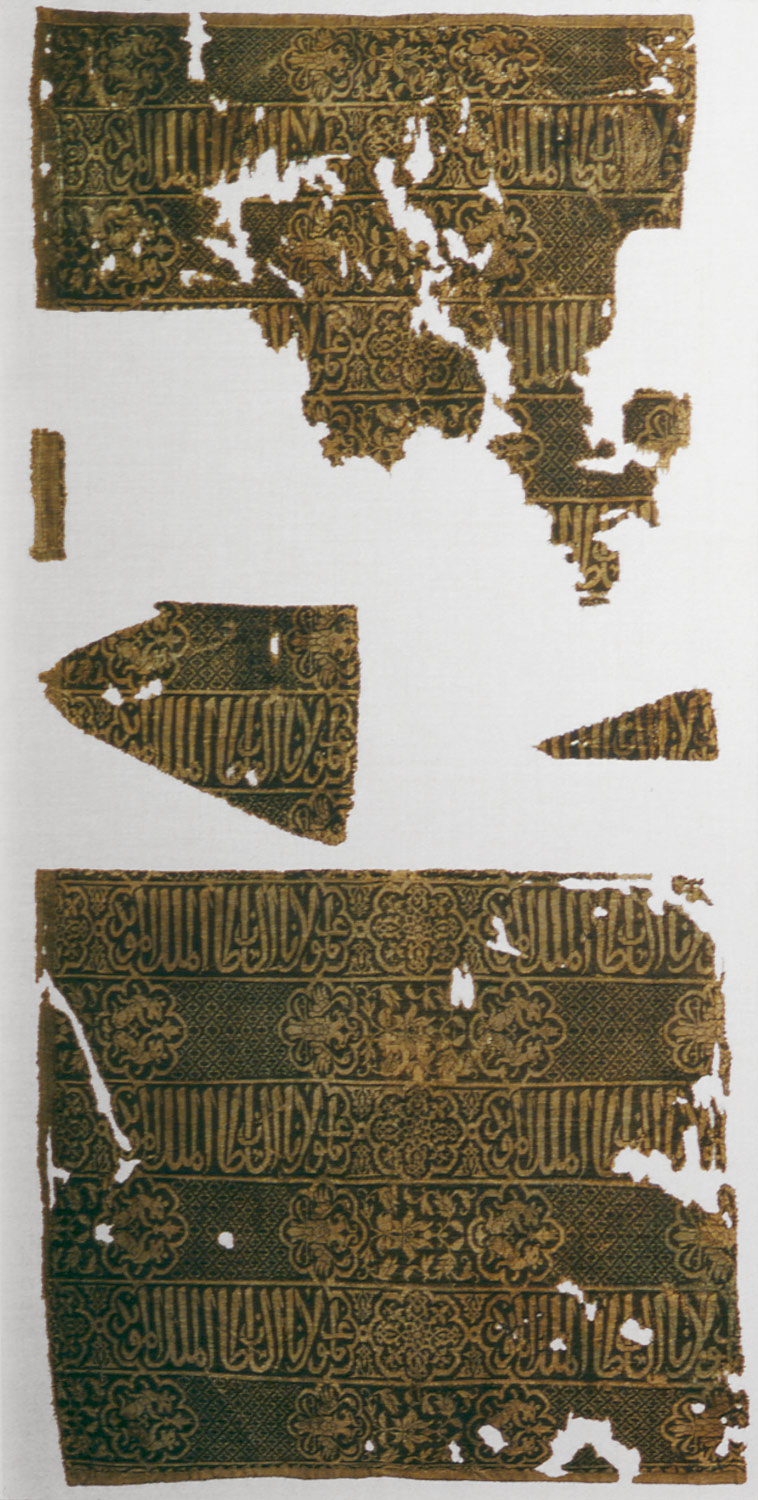From 1000 to 1400, the Arabian Peninsula is under fragmented rule, with Sunni and Shi‘i dynasties competing for control, especially of Mecca and Medina, until the Sunni gain the upper hand in the second half of the period. The east-west trade and annual pilgrimage continue to be important. Art and architecture are influenced by examples set in Baghdad and Cairo.
Arabian Peninsula, 1000–1400 A.D.
Timeline
1000 A.D.
1100 A.D.
1100 A.D.
1200 A.D.
ARABIAN PENINSULA, INCLUDING THE HOLY CITIES OF MECCA AND MEDINA
YEMEN
1200 A.D.
1300 A.D.
ARABIAN PENINSULA, INCLUDING THE HOLY CITIES OF MECCA AND MEDINA
YEMEN
1300 A.D.
1400 A.D.
ARABIAN PENINSULA, INCLUDING THE HOLY CITIES OF MECCA AND MEDINA
YEMEN
Overview
Key Events
-
969–1171
The Shi‘i Fatimid caliphate based in Cairo challenges the Sunni Abbasid caliphate (750–1258) in Baghdad for control of the Arabian Peninsula and of the two Holy Cities of Islam, Mecca and Medina. The rivalry among the caliphates is played out among local dynasties that recognize their suzerainty. The Shi‘i Isma‘ili movement, from which the Fatimids had emerged, is particularly active during this period.
-
ca. 1171–1250
Salah al-Din (Saladin), the Zangid general who founds the Ayyubid sultanate in Egypt and who later recovers Jerusalem from the Crusaders (1187), gains control over the Hejaz and Yemen (1173). As orthodox Sunnis, the Ayyubids resist Shi‘i tendencies in the region and introduce higher institutions of learning (madrasas) for this purpose.
-
1228–1454
The Rasulid sultanate rules in Yemen independently of the Ayyubids and their successors, the Mamluks (1250–1517). The period is a brilliant era of Islamic history in Yemen. Major architectural commissions embellish the Rasulid capital, Ta‘izz.
-
1250/60–1517
Former slave soldiers under the Ayyubids, the Mamluks replace their overlords, rule Egypt, Palestine, and Syria, and control the two Holy Cities of Mecca and Medina in the Arabian Peninsula. Although fully autonomous, the Rasulids in Yemen acknowledge the Mamluks as potential overlords and regularly send emissaries bearing gifts to Cairo. In turn, the Mamluks, seeking to maintain a peaceful political and economic status quo, send emissaries carrying gifts to Yemen. The best Mamluk craftsmen—metalworkers and glassmakers, in particular—receive commissions for works specifically intended for the Rasulid sultans, whose emblem is the five-petalled rosette.
-
1256
The Mosque of Medina is largely destroyed by a catastrophic fire.
-
1258
The Mongols sack Baghdad and kill the last Abbasid caliph to rule from this city, al-Musta‘sim (r. 1242–58). In the aftermath, the pilgrim caravan from Iraq loses its importance. The Hejaz and the Holy Cities of Mecca and Medina come more and more under the control of Egypt.
Citation
“Arabian Peninsula, 1000–1400 A.D.” In Heilbrunn Timeline of Art History. New York: The Metropolitan Museum of Art, 2000–. http://www.metmuseum.org/toah/ht/?period=07®ion=wap (October 2001)
Related
Map
